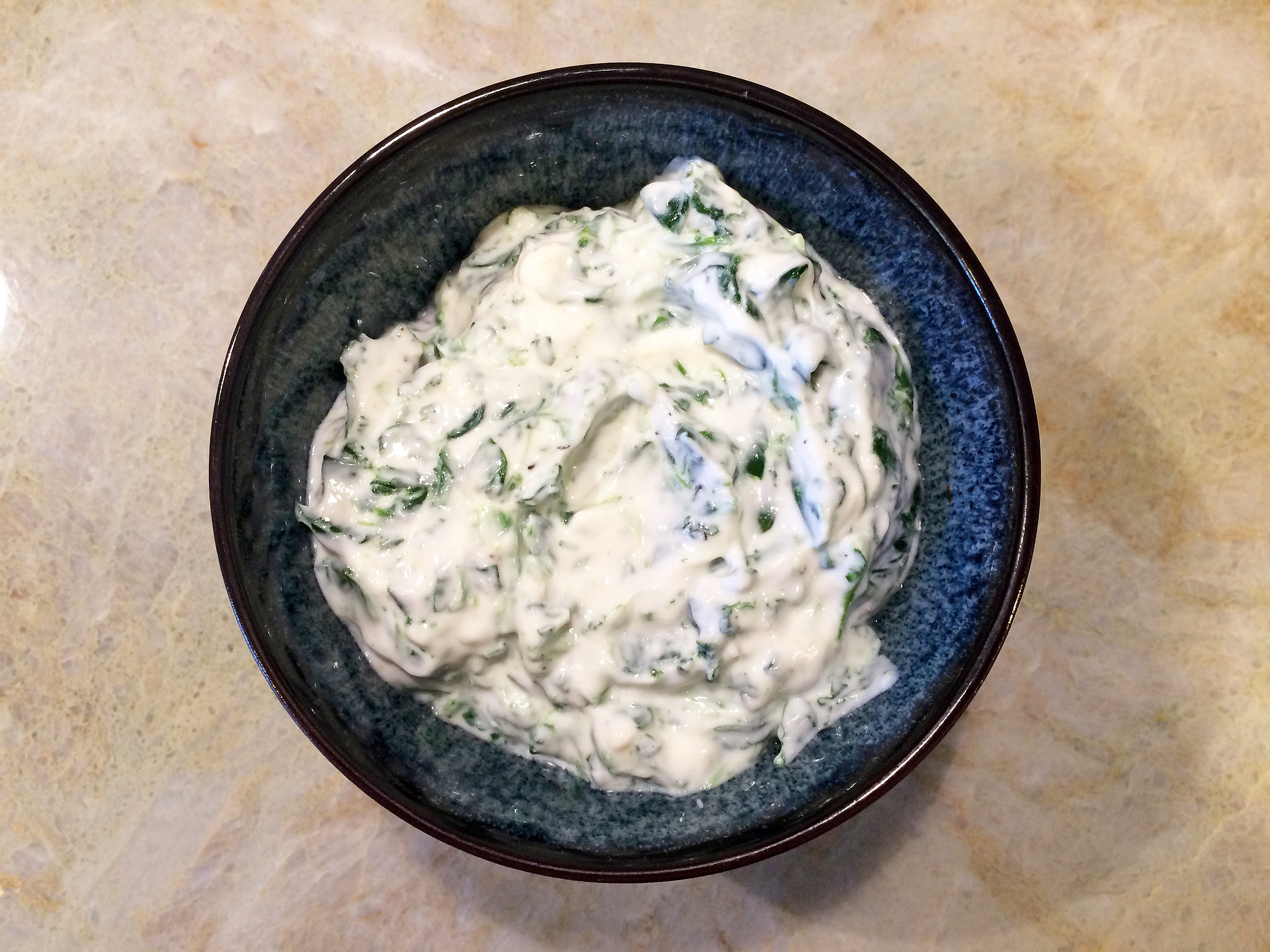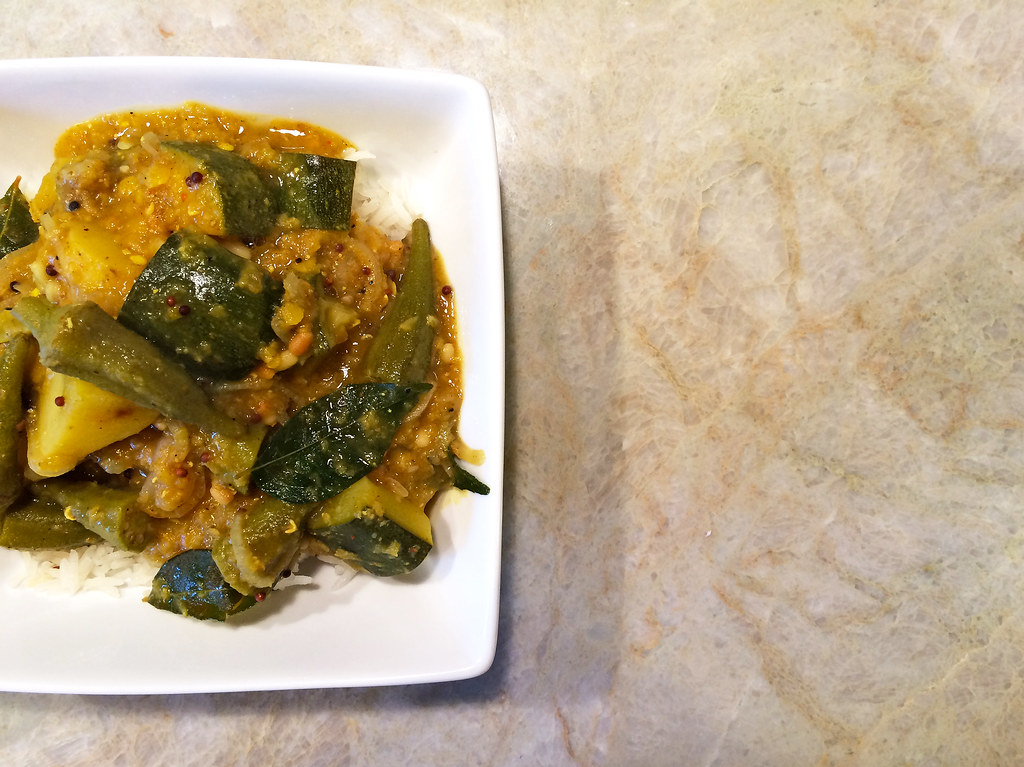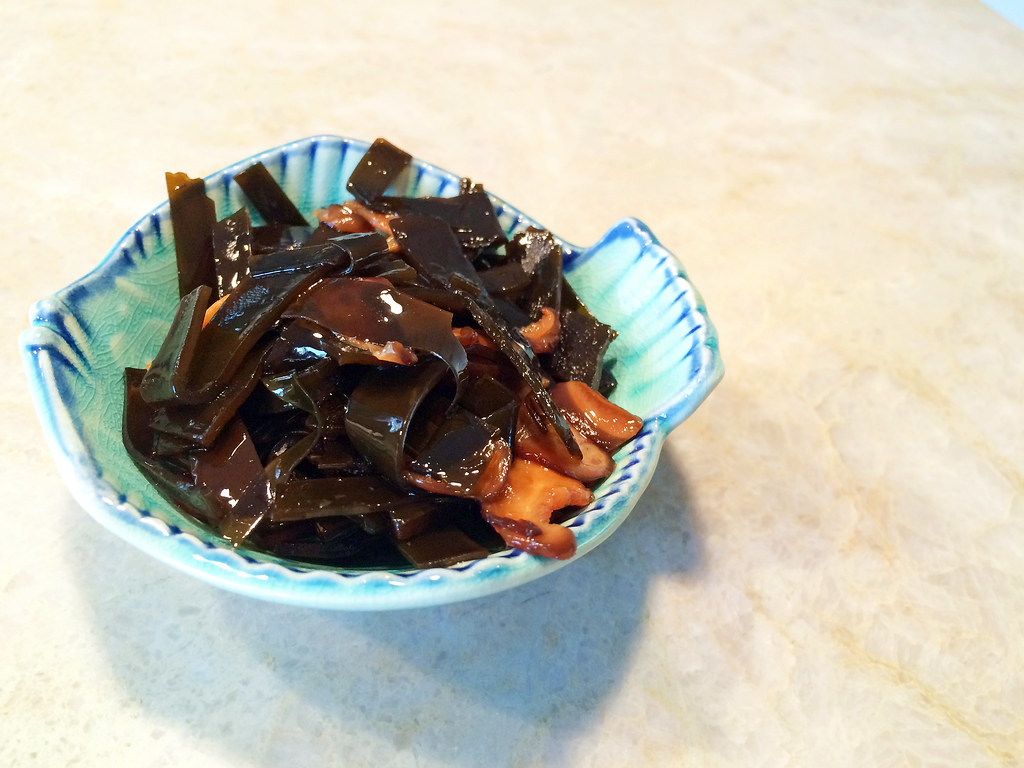This isn’t a traditional egg flower soup recipe by any means. But I love egg flower soup in any permutation and have been making this easy version for years — decades, even! Lemongrass, tomato and nori seaweed are unexpected ingredients here, but trust me, it works. Sometimes, the sum is greater than the parts.

Ingredients:
4 cups chicken stock
2 stalks lemongrass, bottom 8 inches, lightly crushed
3 fresh shiitake mushrooms, caps thinly sliced
1 ounce enoki mushrooms, trimmed and separated
1/3 cup frozen peas, thawed
1/2 cup thinly sliced bamboo shoots
1 sheet nori, shredded
1/2 teaspoon salt
1/4 teaspoon pepper
1/2 package soft tofu, cut into 2-inch-long x 1-inch long strips
1/2 cup chopped tomatoes
2 tablespoons cornstarch, dissolved in 3 tablespoons water
1 egg, beaten
1 teaspoon sesame oil
1. Bring the chicken stock and lemongrass to a boil in a large saucepan. Reduce the heat to a simmer and cook for 10 minutes.
2. Stir in the mushrooms, peas, bamboo shoots, salt, and pepper and bring to a boil. Add the tofu, tomatoes, and nori, stirring gently so the tofu does not break apart. Pour in the dissolved cornstarch and cook, stirring gently, until the soup returns to a boil and is slightly thickened.
3. Slowly pour in the beaten egg, stirring slowly but constantly to create “egg flowers.” Drizzle in the sesame oil and serve.




